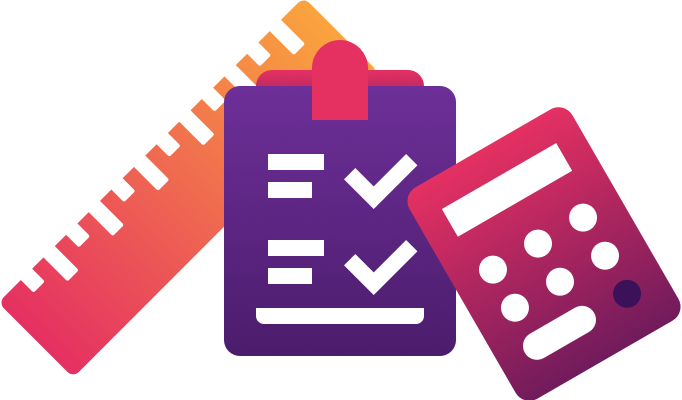Our QA process is up-to-date
Just as we work with the latest technologies when it comes to development, we make sure our QA process includes the latest tools and processes, so your product receives the best services. Our QA engineers have received their ISTQB certification and are always keeping their skills up-to-date.




































